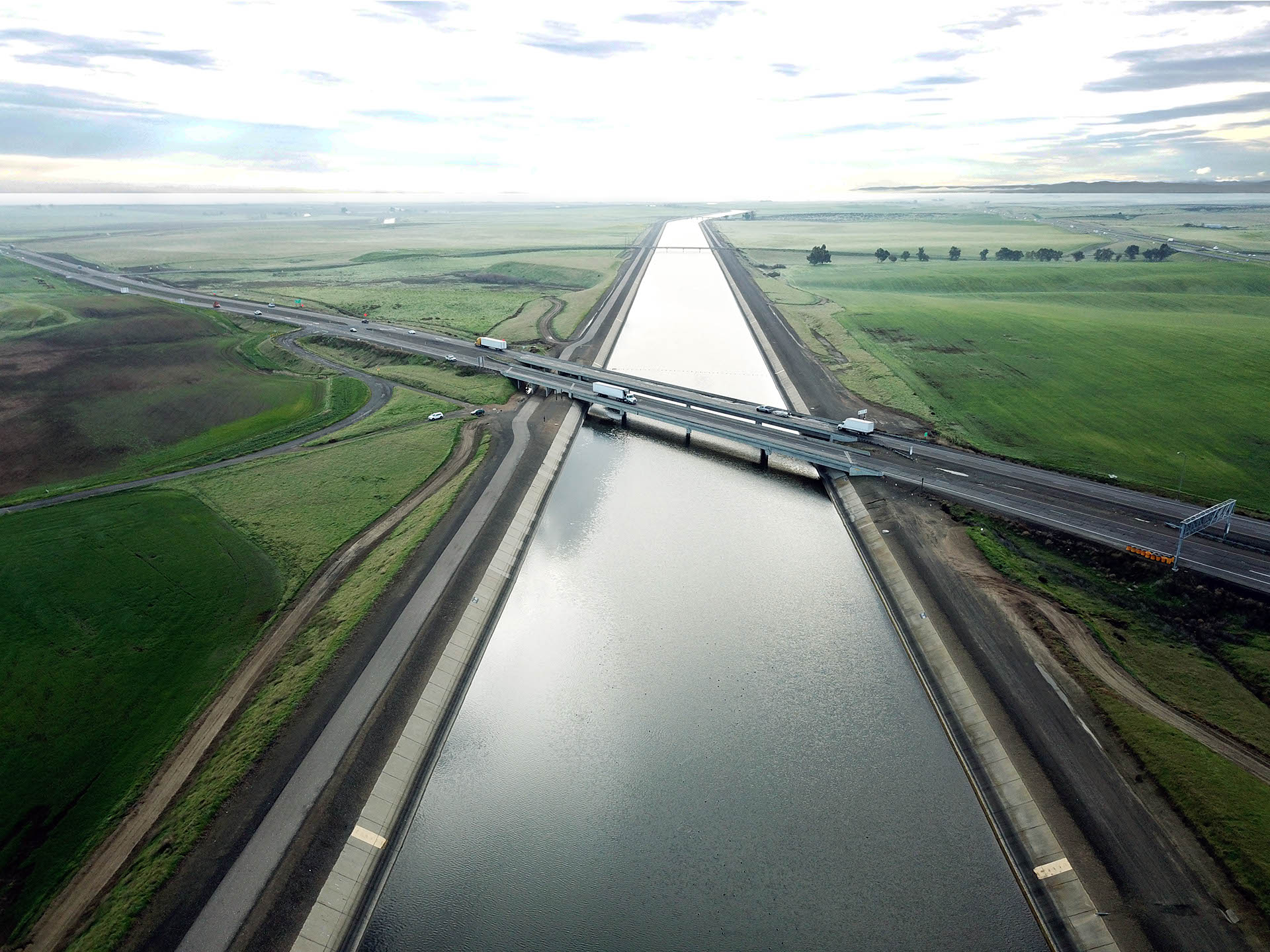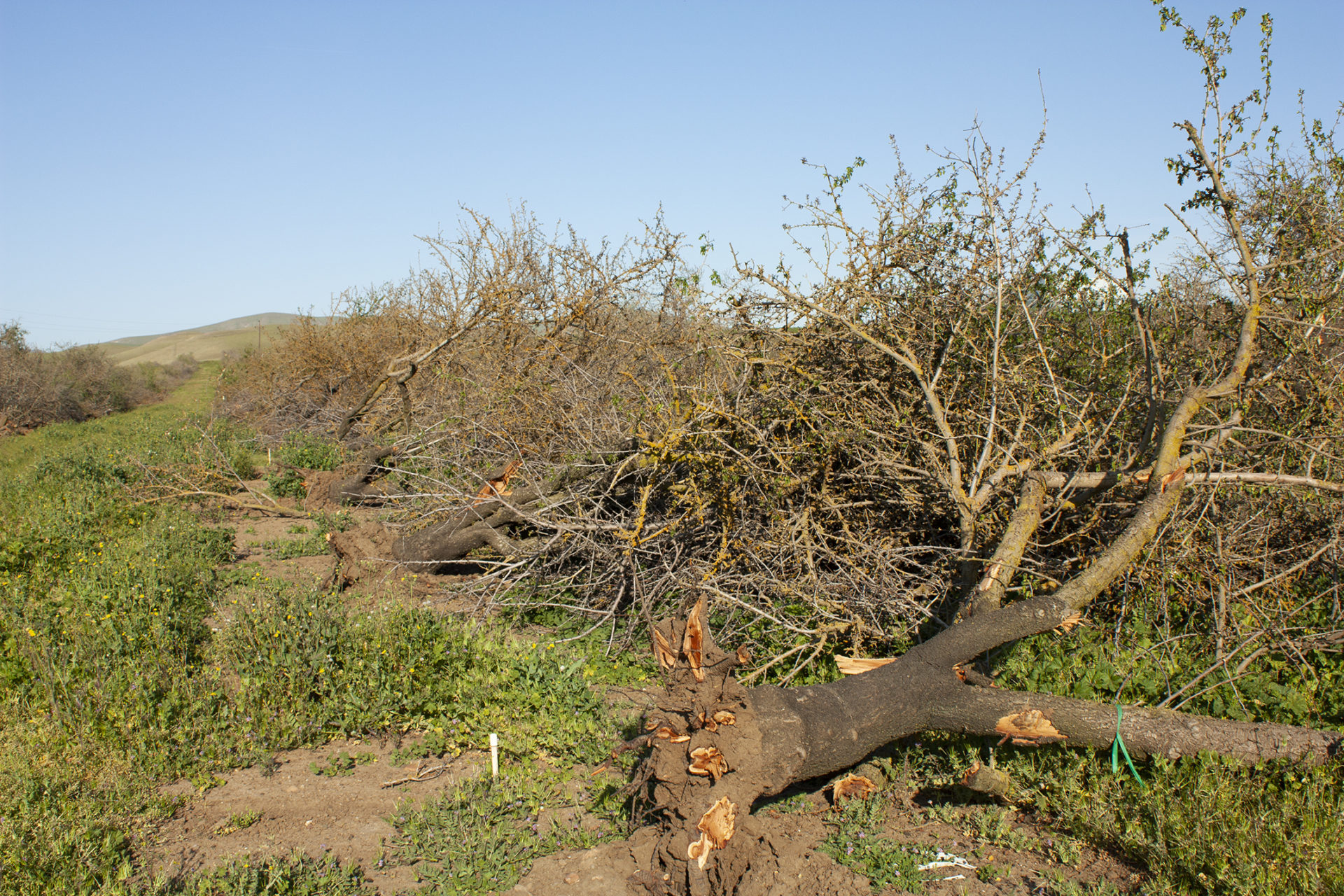
A new effort is underway to help solve some of California’s most difficult water supply challenges. The Water Blueprint for the San Joaquin Valley (Blueprint) evolved out of discussions among water users in the San Joaquin Valley to address surface water reductions, groundwater overdraft, subsidence, and meeting the requirements of the Sustainable Groundwater Management Act (SGMA).
The Blueprint is supported by a broad coalition of water users that are continuing to seek input from all stakeholders including local governments, public water agencies, agriculture industry representatives, disadvantaged communities, environmental organizations, academia, and others.
The Blueprint group recently commissioned UC Berkeley researchers Dr. David Sunding and Dr. David Roland-Holst to complete an economic impact assessment. The assessment shows that roughly half of the economic impacts and job losses due to water supply shortages in the San Joaquin Valley would occur off of the farm and in many cases will also affect businesses that are outside of the Valley. The impacts will be felt first by farms in the Valley, but will quickly spread to the rest of the state.
Farmland at Risk
With up to 1 million acres of productive farmland at risk of being permanently fallowed in the San Joaquin Valley, the impacts translate to a farm revenue loss of $7.2 billion per year. That equals one-fifth of all the farmland in the Valley and roughly 14% of California’s total farm production.
The assessment breaks down projected acreage losses within the eight-county San Joaquin Valley into seven distinct categories: hay and pasture, tree nuts, tree fruits, vines, corn, vegetables, and field crops and grains. The largest projected acreage loss in any single category is tree nuts, accounting for 327,815 acres, or one-third of the projected 991,870 fallowed acres. The report goes on to say that expected fallowing is permanent and would not be recoverable under the report’s expected water supply scenario.

Using USDA crop production data, the projected amount of land fallowing for fruit and vegetables is sufficient to produce enough food to meet the annual needs of about 7.6 million households.
The assessment found that impacts are regressive and would affect a disproportionate number of disadvantaged communities. The greatest number of full-time equivalent job losses would occur in disadvantaged communities, a somewhat expected result, given that farmworkers represented the largest number of direct job losses identified by the study.
It also concluded that without restoring water supplies to offset the existing imbalance, California, as a whole, stands to lose more than 84,000 jobs annually with more than half of them in the non-farm sector. The total loss in employee income would be approximately $2.1 billion annually, almost half of which is non-farm income.
The economic assessment was completed based on an existing water deficit in the San Joaquin Valley that has grown significantly over the past couple of decades, and the following four assumptions that will impact the availability of future anticipated water supplies:
- Full implementation of the San Joaquin River Restoration Plan,
- Maintaining existing water management activities under the 2008/2009 Biological Opinions for Delta water exports if the proposed 2019 updates are not implemented
- Climate-induced sea level rise, and
- Implementation of State Water Board staff recommendations for unimpaired flow requirements on the San Joaquin and Sacramento rivers.
Funding for government services is at risk as well. Tax revenue for local and state government is expected to drop by approximately $535 million per year, based on $242 million in lost city and county tax revenue and $293 million in lost state taxes, impacting state and local government services all Californians rely on, including roads, law enforcement, and fire protection.
Mitigating the Impacts
A second phase of the study is expected to be released later this year and will identify the water policy reforms and infrastructure investments required to mitigate these impacts. Initial discussions by stakeholders centered on projects that might take advantage of flood flows using innovative, fish-friendly options to convey water. Water could be moved to highly-impacted areas within the Valley using existing as well as new, yet to be constructed conveyance facilities. Potential projects could include repairing State and federal facilities, including the Friant-Kern Canal, California Aqueduct, and Delta-Mendota Canal. Additional projects could include the construction of new, more localized projects designed to move critical water supplies to multi-purpose recharge basins that provide groundwater recharge opportunities to offset overdraft, improve access to clean water supplies for small communities, and create new or enhanced wildlife habitat.
Expanding the list of stakeholders participating in the Blueprint process is an important step in generating support for projects that will help restore water supplies to the Valley. If successful, those actions will help regions minimize the permanent fallowing of farmland while at the same time helping them comply with SGMA requirements. The Blueprint process is not an attempt to repeal SGMA. It is an effort to engage a diverse group of stakeholders to work collectively to find viable solutions to the Valley’s most pressing water supply challenges. Protecting agriculture in the Valley also helps prevent the significant economic impacts expected to occur in other parts of the state.
The report is available in full at the Blueprint website at www.waterblueprintca.com. Stay tuned for more information and updates as they become available.














